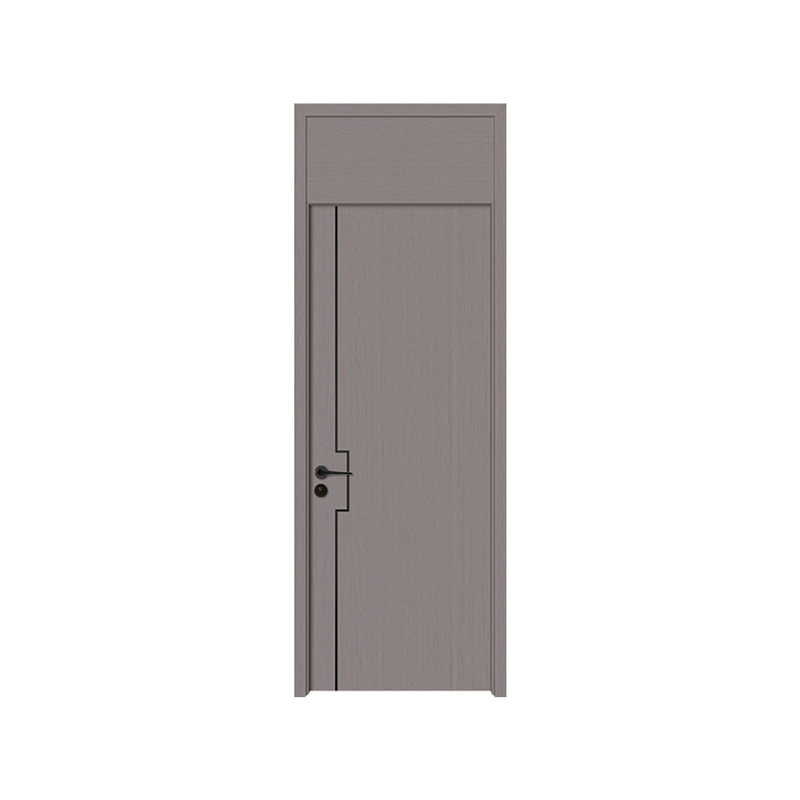We provide quality products and services to customers from all over the world.
How to Install WPC Doors in Your Home for a Modern and Sustainable Touch
As homeowners increasingly seek eco-friendly and low-maintenance solutions for their interiors, residential WPC doors have emerged as a popular choice. Combining the natural look of wood with the durability of composite materials, these doors offer a great balance of aesthetics and functionality. Whether you're considering a WPC door for bedroom spaces or a bathroom WPC door that can withstand moisture, proper installation is key to ensuring longevity and performance.

Why Choose WPC Doors?
Before diving into installation, it's worth understanding why residential WPC doors are gaining traction. Unlike traditional wooden doors, which can warp or swell in humid conditions, WPC (Wood-Plastic Composite) doors resist moisture, termites, and daily wear. This makes them ideal for areas like bathrooms and bedrooms, where durability matters. A WPC door for bedroom settings provides sound insulation for privacy, while a bathroom WPC door won't degrade from steam or splashes. Plus, their sleek finishes fit seamlessly into contemporary home designs.
Pre-Installation Considerations
1. Measure Accurately
Whether you're installing a residential WPC door as a replacement or in a new construction, precise measurements are crucial. Check the door frame's width, height, and thickness to ensure a proper fit. Most WPC door for bedroom and bathroom WPC door models come in standard sizes, but custom options are available if needed.
2. Check the Door Swing
Determine whether your door will swing inward or outward. For a bathroom WPC door, an outward swing can save space in smaller washrooms. Bedroom doors typically swing inward for privacy.
3. Prepare the Door Frame
Ensure the frame is level, plumb, and free from damage. If replacing an old door, remove it carefully and inspect the frame for rot or misalignment. WPC doors are lightweight compared to solid wood, but the frame must still be sturdy.
Step-by-Step Installation Guide
1. Assemble the Door Frame (If Necessary)
Some residential WPC doors come with pre-attached frames, while others require assembly. Follow the manufacturer's instructions to secure the hinges and lock blocks properly.
2. Position the Door in the Frame
Place the WPC door for bedroom or bathroom WPC door into the frame, ensuring even gaps (about 3-5mm) on all sides. Use shims to adjust alignment if needed.
3. Secure the Hinges
WPC doors typically use standard hinges, but stainless steel or rust-resistant options are good for bathroom WPC door installations due to moisture exposure. Attach the hinges to the frame first, then to the door, checking for smooth movement.
4. Install the Lock and Handle
For a residential WPC door, drill holes for the lock mechanism carefully to avoid splintering. WPC material is softer than solid wood, so use sharp drill bits and work slowly.
5. Test the Door's Functionality
Open and close the door multiple times to ensure it swings smoothly without sticking. Adjust the hinges if necessary.
6. Apply Sealant (For Bathroom Doors)
Although bathroom WPC door units are moisture-resistant, adding a silicone sealant around the edges provides extra protection against water seepage.
Installing residential WPC doors is a straightforward process that offers long-term benefits in durability, sustainability, and style. Whether you opt for a WPC door for bedroom tranquility or a bathroom WPC door built to last, these doors provide a modern upgrade with minimal effort. By following proper installation techniques, you can enjoy a seamless blend of functionality and contemporary design in every room.
With their resistance to moisture, ease of maintenance, and stylish appeal, WPC doors are an outstanding investment for any eco-conscious homeowner looking to enhance their living space.
Interested in cooperation or have questions?
![]() +86-13857003056
+86-13857003056
![]() No. 27 Lianhuashan Avenue, Jiangshan Economic Development, Jiangshan, Quzhou, Zhejiang, China
No. 27 Lianhuashan Avenue, Jiangshan Economic Development, Jiangshan, Quzhou, Zhejiang, China

 English
English русский
русский Français
Français Español
Español عربى
عربى
